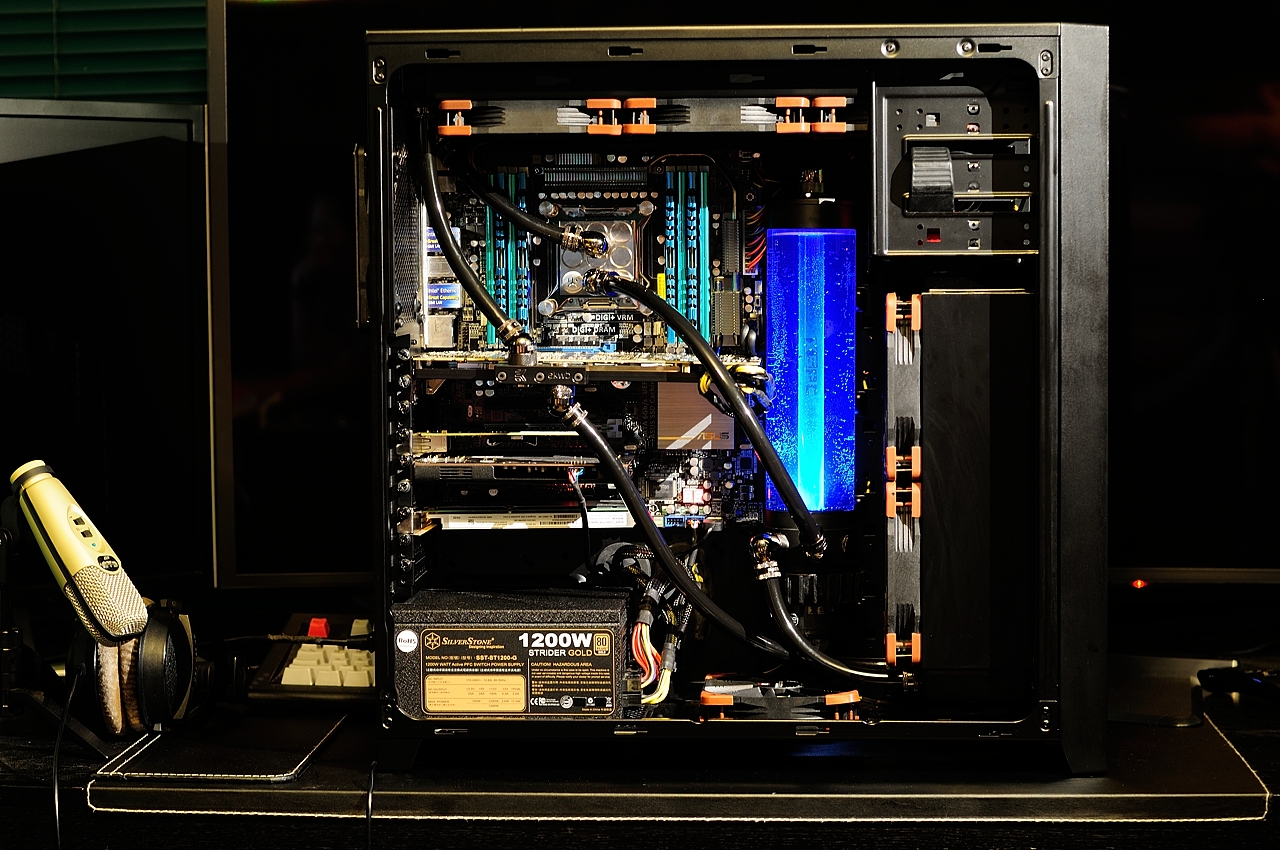
On most AIO liquid coolers, the pump is the part you place right on top of the CPU.

It’s plug-and-play and can be installed more easily than custom liquid cooling.

Well, AIO stands for “ All In One,” and in PC cooling describes a liquid Cooler that is ready to be used without the need for custom tubing or liquid setup. Well, let’s get some short questions out of the way real quick so we’re on the same page before diving into the main topic of this Article: How to connect your AIO properly! What does AIO stand for? If you don't have any other iCUE products, there isn't a lot of downside other than potentially losing real time coolant temp monitoring.The NZXT Kraken 圆3 280mm AIO RGB CPU Liquid Cooler – Image-Credit: NZXT Leave iCUE installed so you can load up, make a quick lighting change (or whatever), then quit again. The cooler will run those settings until you tell it differently. Then quit iCUE and direct the OS not to start the software on boot. Make sure this is based on coolant temp (H150i temp). Of course, the easiest option is going to be to go into iCUE, set your lighting, pump and radiator fan speed to the level you want. For all practical purposes, radiator exhaust temp = coolant temp, or close enough with a fixed offset to make it the same for control purposes. The 10K sensor costs a few dollars and you run it up to the exhaust side of the radiator. The good news is most newer motherboards in the top half of the price range will have a 2 prong 10K thermistor connector somewhere on the board. CPU temp is too erratic and not really related to the fans purpose on the radiator. You could then move the fans to motherboard for more direct noise control, although finding an appropriate control variable can be challenging.

Even on power hungry 250W processors, most people report a 0-1C difference between that and extreme. 99% of users can park in on balanced and leave it. You really don't need to change pump speed. Both are only controllable through the software. No, you cannot control the pump or fans from the BIOS.


 0 kommentar(er)
0 kommentar(er)
